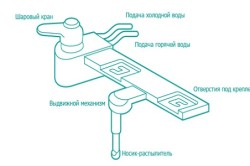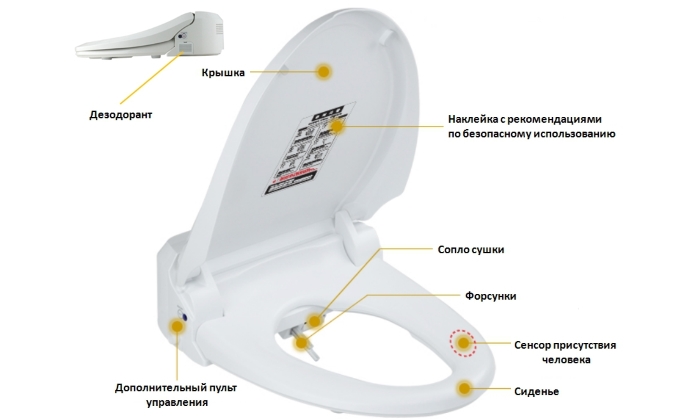Previously, bidets were a luxury, because they could be found in expensive hotels. For many years, people have denied this type of plumbing attention, and in vain. In the countries of Europe, Central Asia, Japan, a bidet is so common that it is installed even in public toilets.
The bidet serves as a quick way to maintain personal hygiene in the groin area.
The need for a bidet
A bidet is a small bathtub or low sink equipped with a siphon and a shower. This type of plumbing was developed by the French. It is installed in the bathroom mainly near the toilet and serves to maintain personal hygiene. A jet of water is directed to the genitals and allows you to keep them and the anus clean after using the toilet. The bidet has hot and cold water. In simple designs, the temperature is controlled by a mixer. Water is supplied from below by a fountain.

In fact, you need a bidet not only for this, because it is convenient to wash your feet with it. People with disabilities can use it for regular hygiene.
The small-capacity bathrooms in small apartments did not allow the owners to place an additional piece of plumbing, as the room needed to be redesigned. This also influenced the attitude towards this device as interfering and unnecessary.
In addition, many still do not know how to use a bidet. The rules suggest that first a person uses the toilet, and then instead of toilet paper - a bidet, which increases body hygiene several times. And for people suffering from hemorrhoids, the device becomes simply indispensable, since toilet paper brings additional discomfort to the painful area.
An important question is how exactly to fit on this device. It is a mistake to believe that it is necessary to sit facing the wall. Many argue that the position with your back to the faucet is more comfortable.
In recent years, there has been a trend in Russia towards the installation of a combined design, consisting of a toilet bowl and a bidet.
In this case, the device has touch control, which allows you to set the water temperature and procedure time. A jet of water comes from under the toilet lid. After the hygiene procedure, the air flow will help you stay dry. By the way, back in 1980, the Japanese thought about developing this type of plumbing for the bathroom.

According to the type of attachment, a bidet is distinguished:
- floor - standard, when the outlet pipes are visible;
- wall-mounted - all pipes are hidden behind the panel.
Do not think that a bidet replaces a bath or shower. Of course not. People who use a bidet, arrange water procedures, like the rest, perhaps a little less often.
An alternative to a bidet is a hygienic shower, which is installed near the toilet. This is a simple design that consists of a mixer and a shower. However, a bidet is more functional than a hygienic shower.
As for hospitals, the installation of such a device in them is simply necessary to maintain personal hygiene by the patients of the institution. A common misconception is that a bidet is an exclusively female type of plumbing. It's not like that, men also use it.
Thus, a bidet is a functional piece of plumbing that will complement the interior of the house, make life more comfortable, and make the body cleaner.


















